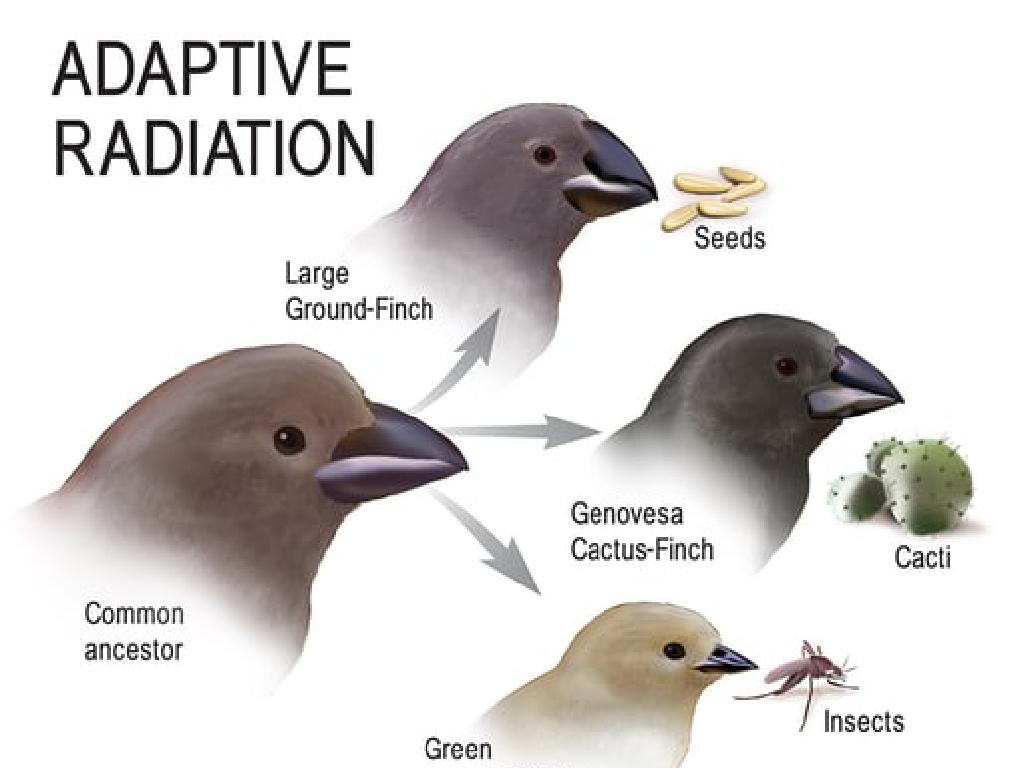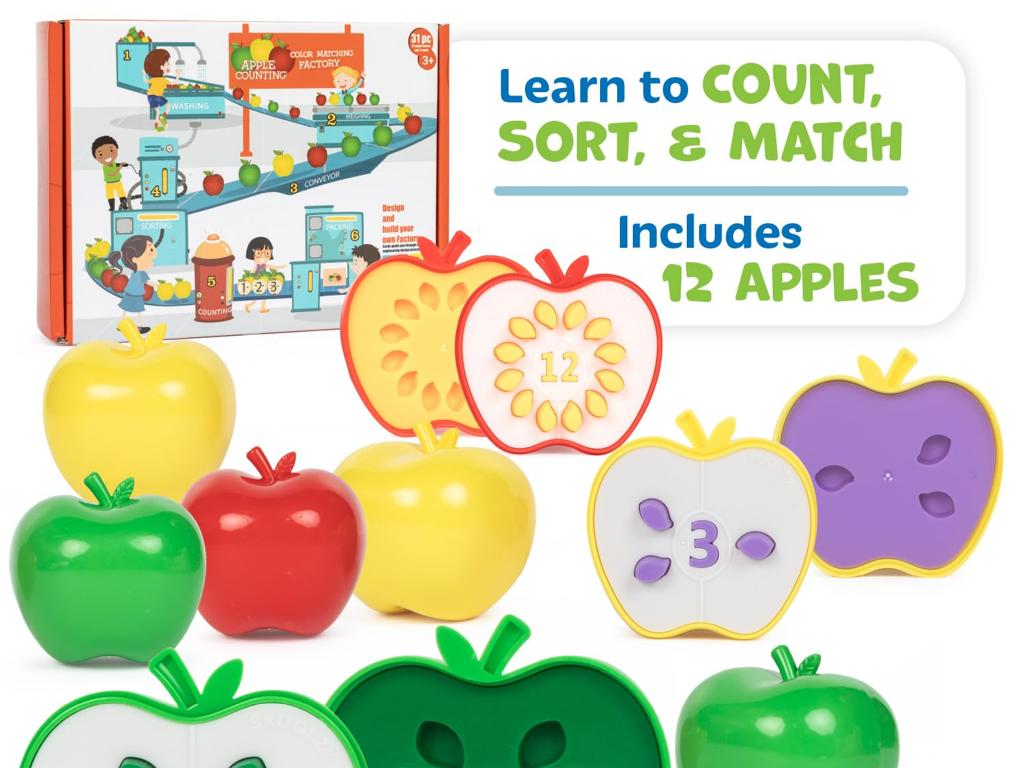Choose The Letter That Matches The Consonant Sound: B, D, J, K, P, T, V, Z
Subject: Language arts
Grade: First grade
Topic: Letter-Sound Associations
Please LOG IN to download the presentation. Access is available to registered users only.
View More Content
Welcome to Letter Sounds!
– Learn about consonant sounds
– Consonants make sounds like ‘buh’ for ‘b’ or ‘duh’ for ‘d’.
– Consonants vs. vowels
– Vowels are ‘a, e, i, o, u’. All other letters are consonants.
– Matching game with sounds
– We’ll listen to sounds and choose the right letter.
|
This slide introduces first graders to consonant sounds and the difference between consonants and vowels. Start by explaining that consonants are all the letters that are not vowels and each one makes a unique sound. Engage the students with a fun matching game where they listen to a consonant sound and then choose the correct letter from the options: b, d, j, k, p, t, v, z. This interactive activity will help them associate sounds with letters. For the game, prepare sound clips of each consonant and have visuals of the letters for students to select. Encourage participation and praise correct matches to reinforce learning.
Consonant Sounds Exploration
– What’s a consonant sound?
– Sounds made without the help of vowels
– Making sounds without vowels
– Practice consonant sounds
– We’ll say sounds together as a class
– Fun with letters b, d, j, k, p, t, v, z
– Match sounds to letters with examples
|
This slide introduces the concept of consonants to first graders. Begin by explaining that consonants are the sounds we make that do not involve the vowel sounds ‘a’, ‘e’, ‘i’, ‘o’, ‘u’. Demonstrate how we use our lips, teeth, and tongue to form these sounds, which is different from vowel sounds that come more from the throat. Engage the class in practicing some consonant sounds together, making it interactive and fun. Use examples like ‘b’ for ‘ball’, ‘d’ for ‘dog’, ‘j’ for ‘jump’, and so on. Encourage the students to repeat the sounds after you and to think of other words that start with the same sounds. This activity will help them in letter-sound association, an essential skill in reading.
The Sound of ‘b’: Learning Consonant Sounds
– ‘b’ sounds like ‘ball’
– The ‘b’ sound is at the start of ‘ball’.
– Practice saying ‘b-b-ball’
– Repeat after me: ‘b-b-ball’. Can you hear the ‘b’ at the beginning?
– Find words with ‘b’ sound
– Look for words that start with the same sound as ‘ball’.
– Share ‘b’ words with the class
– Think of ‘b’ words and we’ll tell the class!
|
This slide introduces the consonant sound made by the letter ‘b’. Start by demonstrating the sound, using ‘ball’ as a clear example. Encourage the students to repeat the sound several times to get comfortable with it. Then, move on to a class activity where students search for words that start with the ‘b’ sound. This could include brainstorming as a class or looking in books. Finally, have students share their words with the class, reinforcing their understanding of the ‘b’ sound and practicing their speaking skills. This activity will help solidify the letter-sound association in a fun and interactive way.
The Sound of ‘d’: Learning Consonant Sounds
– ‘d’ as in ‘dog’
– The letter ‘d’ sounds like ‘d-d-dog’.
– Practice saying ‘d-d-dog’
– Can you say ‘d-d-dog’ with me?
– Find words with the ‘d’ sound
– Words like ‘duck’, ‘doll’, and ‘drum’ start with ‘d’.
– Listen and repeat ‘d’ words
– I’ll say ‘door’, you say ‘d-d-door’.
|
This slide introduces the consonant sound made by the letter ‘d’. Start by demonstrating the sound ‘d’ as in ‘dog’, and encourage the students to repeat after you. Engage the class by asking them to find and say words that start with the ‘d’ sound. Provide examples and help them articulate the sound clearly. For the activity, have students practice saying ‘d-d-dog’ and other ‘d’ words together. You can make this interactive by having a ‘sound hunt’ where students look around the classroom for items that start with ‘d’. Additionally, consider bringing in objects that start with ‘d’ for a show and tell activity.
The Sound of ‘j’: Exploring Consonant Sounds
– ‘j’ sounds like ‘jar’
– The letter ‘j’ has a unique sound, as in ‘jar’, ‘jungle’, ‘jacket’.
– Practice saying ‘j-j-jar’
– Repeat ‘j-j-jar’ to get familiar with the ‘j’ sound.
– Find words with ‘j’ sound
– Look for words in books or around you that start with the ‘j’ sound.
– Share your ‘j’ words in class
– We’ll listen to everyone’s ‘j’ words and learn together.
|
This slide is aimed at helping first graders recognize and practice the consonant sound made by the letter ‘j’. Start by demonstrating the sound of ‘j’ and use the word ‘jar’ as an example. Encourage the students to repeat the sound several times. Then, ask them to find and list words that start with the ‘j’ sound, which could include ‘jungle’, ‘jacket’, or ‘juice’. In the next class, create an interactive session where each student shares the words they found, reinforcing their understanding of the ‘j’ sound and its association with the letter ‘j’. This activity will enhance their phonetic skills and prepare them for reading.
Matching Game: Consonant Sounds
– Listen to the sound I make
– Match the sound to the correct letter
– Choose from b, d, j, k, p, t, v, z
– Get ready to have fun with sounds!
|
This slide introduces a classroom activity designed to help first graders associate letters with their corresponding consonant sounds. The teacher will articulate a specific consonant sound, and the students will be tasked with identifying and selecting the letter that matches the sound from the given options (b, d, j, k, p, t, v, z). The activity aims to reinforce phonemic awareness and letter-sound correspondence in a fun and engaging way. For the teacher: Prepare to make clear and distinct sounds for each consonant and consider using visual aids or props to enhance engagement. Have a variety of activities ready, such as matching games, flashcards, or interactive whiteboard activities, to cater to different learning styles. Praise students for correct matches and gently correct any mistakes, ensuring to repeat the sound and letter association.
Class Activity: Sound Hunt
– Let’s go on a sound hunt!
– Find objects starting with consonant sounds
– Look for items like ‘ball’ for ‘b’ or ‘duck’ for ‘d’
– Work in teams to discover items
– See how many objects we can find!
|
This activity is designed to help first graders recognize and match consonant sounds to letters. Divide the class into small groups and assign each group different consonant sounds to search for. Provide examples like ‘ball’ for the ‘b’ sound or ‘duck’ for the ‘d’ sound to get them started. Encourage them to explore the classroom and work together to find objects that start with their assigned sounds. This interactive activity not only reinforces their understanding of letter-sound associations but also promotes teamwork. After the hunt, regroup and discuss the objects found, emphasizing the consonant sounds. Possible variations of the activity could include drawing items instead of finding them, using magazines to cut out pictures, or even bringing items from home that correspond to the sounds.
Review and Goodbye!
– Celebrate sound hunt success
– Recall today’s consonant sounds
– Sounds like ‘b’ for ‘ball’, ‘d’ for ‘dog’
– Practice consonant sounds at home
– Try finding objects that start with each sound
– Looking forward to our next class
|
This slide is meant to wrap up the class with positive reinforcement and a reminder of the day’s learning. Congratulate the students on their hard work during the sound hunt activity. Recap the consonant sounds that were focused on in the lesson, using familiar examples to reinforce memory. Encourage students to continue practicing at home by identifying objects that start with each consonant sound. Let them know you’re excited to see them in the next class and hear about their practice. This will help solidify their understanding and anticipation for future lessons.






